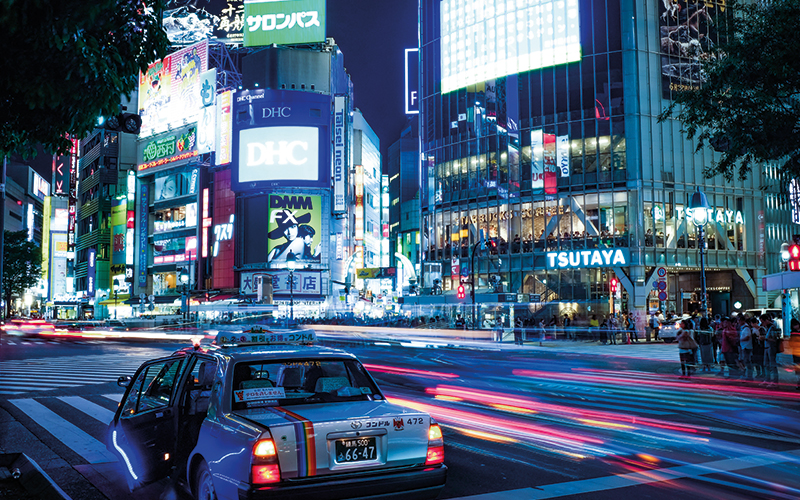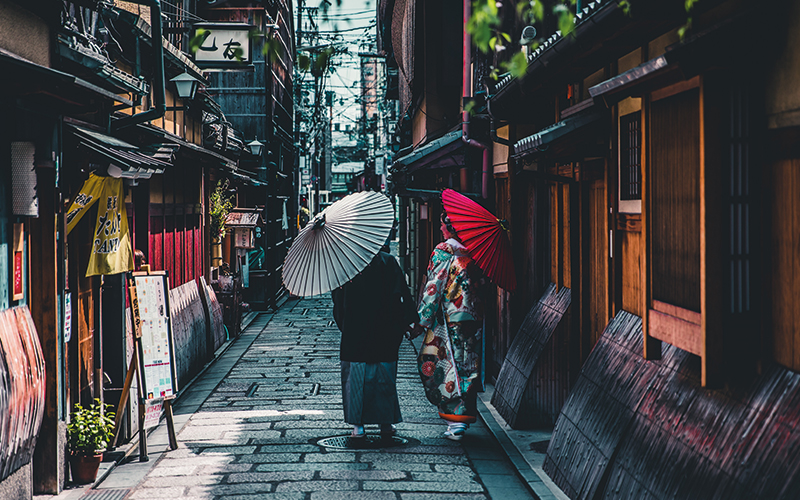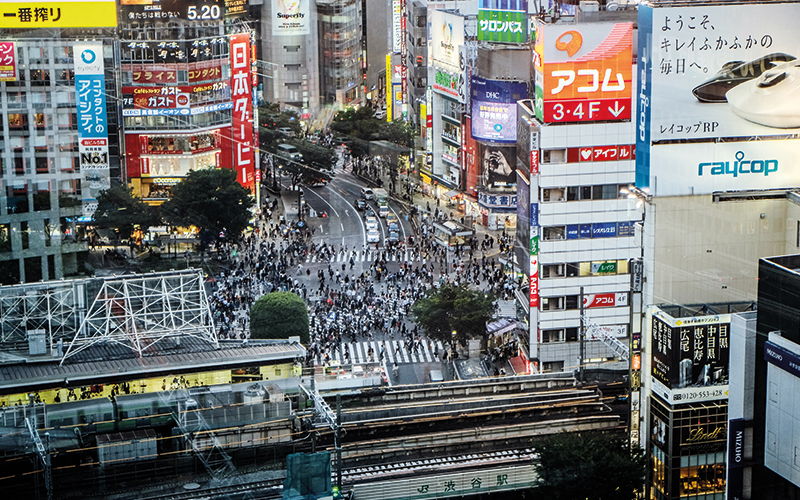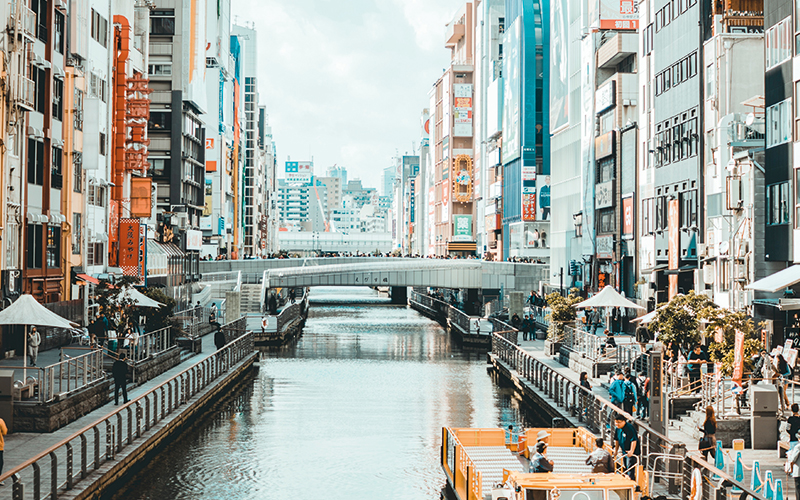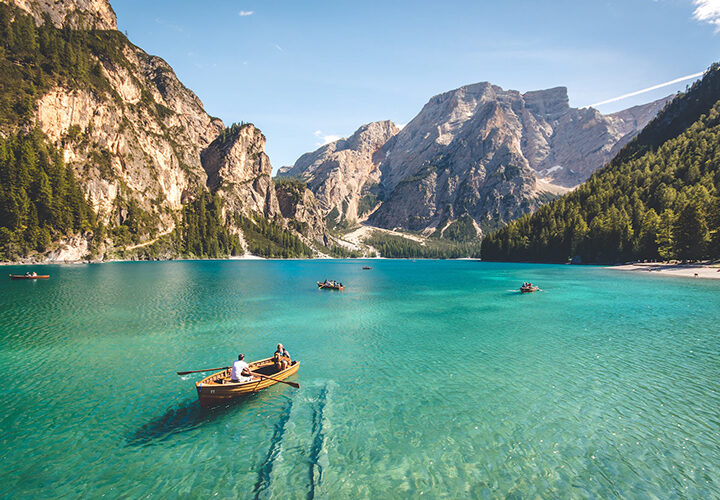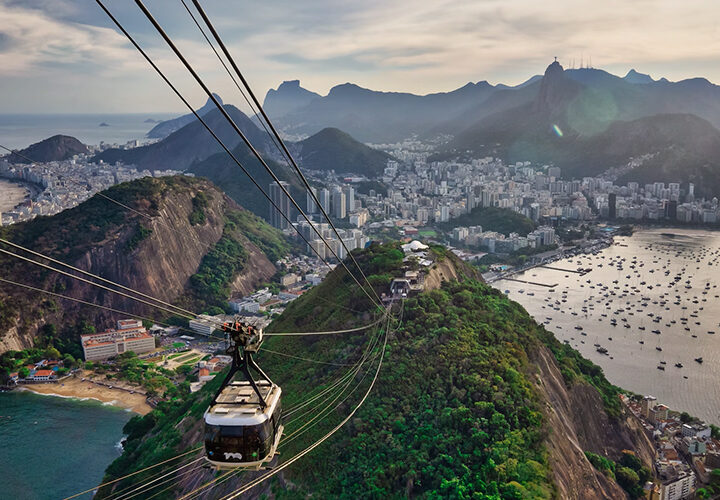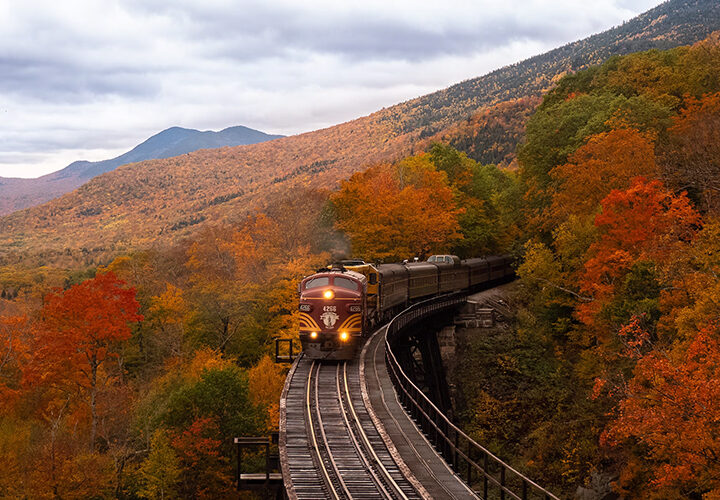Day Trip to Kamakura
Although Tokyo is never boring with its bright lights, endless restaurants and shops and its unique and diverse nightlife, a dramatic change in scenery is only a train ride away. We headed south-west on a crisp, clear winter’s morning towards a town called Kamakura to take a break from the busy city life and immerse ourselves in culture, nature and a treasure hunt for the giant Buddha statue, ‘Daibutsu’. Kamakura isn’t too difficult to get to.
Only an hour away from Tokyo Central Station on the JR Yokosuka Line at 890 yen one way (around £5.70), it’s an inexpensive and worthwhile trip. I yawned as I held the handrail on the train, smiling at my friends who grinned sleepily back – it had been an early start and the winter air had pinked our cheeks and tired us out a little.
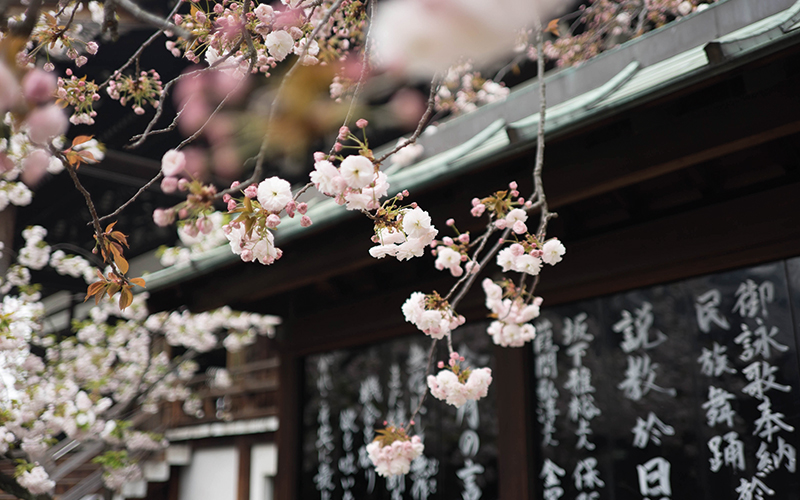
The train rattled pleasantly along the tracks as we gazed at the passing houses
The train rattled pleasantly along the tracks as we gazed at the passing houses, which grew less and less frequent with each mile the train took. I looked out eagerly for Mt Fuji – the huge, famous volcano of Japan was a gorgeous sight, and with the clear winter sky it wasn’t difficult to spot as we headed out of the Tokyo prefecture and onto the Kanagawa Prefecture.
Kamakura station was small, much smaller than any of the busy platforms in Tokyo. We stepped off the train and breathed in icy fresh air, taking in the surrounding trees and fences, the one quiet road just ahead, and the serious-looking station manager who politely asked to see our Suica cards* before we took the few stone steps down to the small road leading off to the walks and temples that Kamakura had to offer. During the Kamakura period between 1185 and 1333 Samurai emerged and Buddhism flourished, giving the town a rich and interesting history. We fished our map out to see if we could find the trail to the big Buddha statue.
Whilst exploring the town we came across some temples and even a walkway that led to a small graveyard, which we explored for a while before moving on. The temples had a calm and peaceful atmosphere, with not many sounds except the gentle breeze moving amongst the trees and the odd tweeting of birds in the branches. It was a refreshing change to the rushed and noisy lifestyle of Tokyo.
After an uplifting bowl of soup at a local café, we made our way to the trail to Big Buddha. The first thing I noticed was the small bamboo tree forest – if you’ve ever heard bamboo trunks clacking together in the wind, you’ll agree there’s no other sound quite like it.
The trail led up and down some hills and through a big, beautiful forest where the leaves were a deep green despite the fact that it was December; passing hikers, both Japanese and foreign, said a cheery hello as they walked by. We raced to the top of every little hill and admired every small statue or landmark that was probably hundreds and hundreds of years old. The care the Japanese take with their land and their heritage truly showed here in Kamakura forest.
The walk was beautifully refreshing and pleasant, and we were delighted with what we found at the end of it. We were soon to discover that it wasn’t necessary to take the forest walk to find the Giant Buddha, but I was glad we had, for it heightened the sense of adventure and achievement. Buddha, or ‘Daibutsu’, was indeed beautiful, the aged material only adding character to the 13 and a half metre tall, seven hundred and fifty year old statue.
It was an adventure, and I’d definitely recommend it to anyone staying in Tokyo or the surrounding areas. JR train lines usually run up until 11:30pm – 12:30pm so you can easily stay somewhere all day and head back fairly late.
The journey back was tiring, but we went home with rosy cheeks, big smiles, and cameras full of photographs from an unforgettable day out.
*A Suica card is a card you can buy from any train station in Tokyo costing 500 yen. You can add money to it (minimum 1000 yen) to scan at the station gates to save you having to buy a train ticket every time you travel. They’re convenient, save time and are easy to top up.
Written by Poppy Reid


